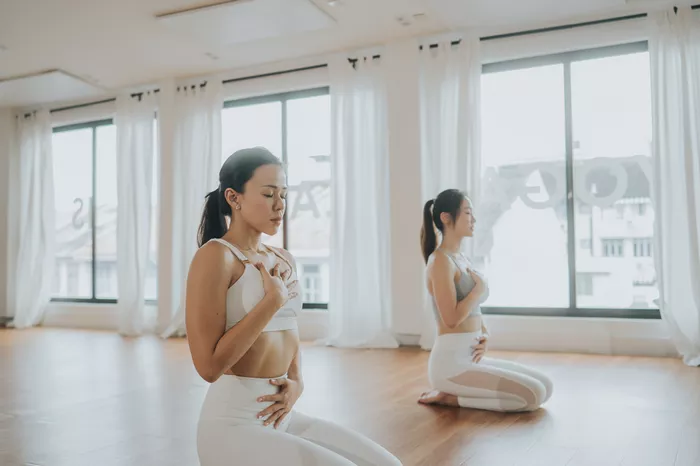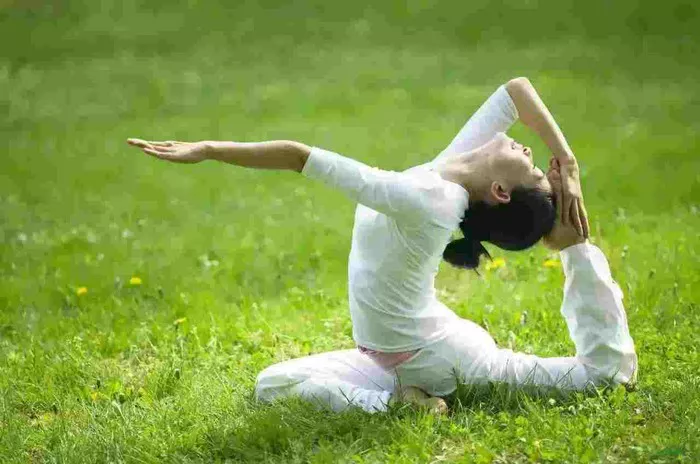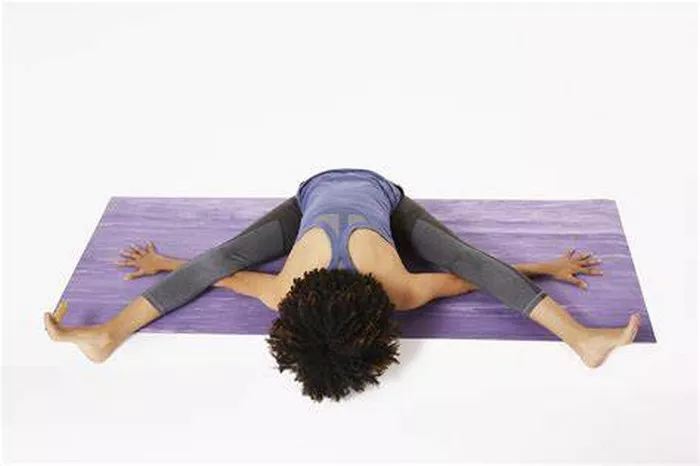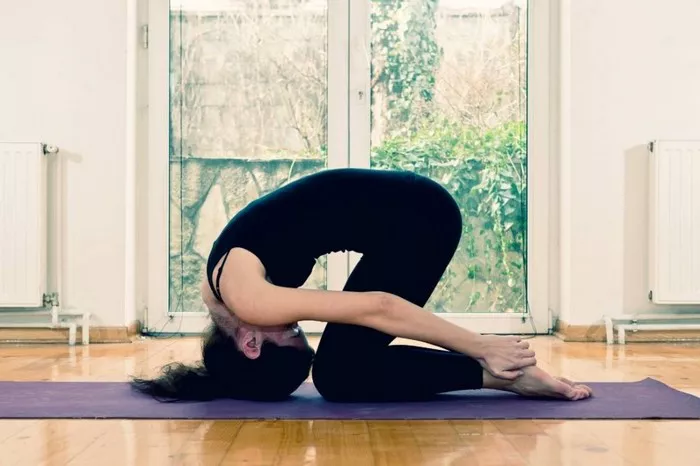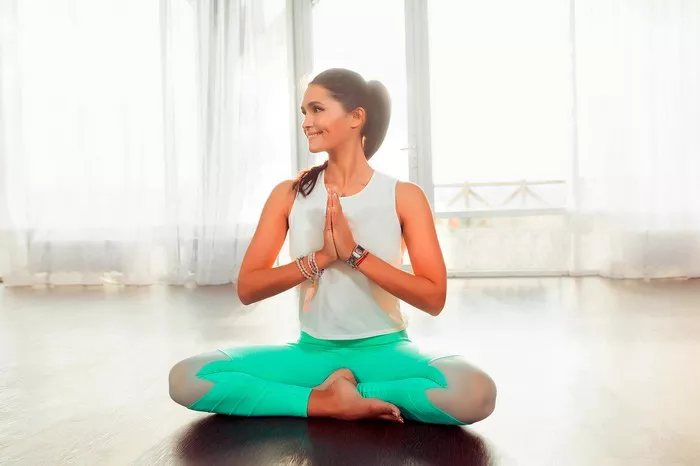Yoga is a vast and diverse discipline with numerous styles, each offering unique benefits and approaches to practice. Among these, the Iyengar method of yoga stands out for its precision, alignment, and therapeutic applications. Named after its founder, B.K.S. Iyengar, this style of yoga has gained worldwide recognition for its structured and methodical approach, making it accessible to practitioners of all levels, including those with physical limitations or injuries.
In this article, we will explore the origins, principles, benefits, and key aspects of the Iyengar method of yoga to provide a clear understanding of why it is one of the most respected and effective yoga practices in the world.
Origins and History of Iyengar Yoga
The Iyengar method of yoga was developed by Bellur Krishnamachar Sundararaja Iyengar (B.K.S. Iyengar), who was born in India in 1918. As a young child, Iyengar suffered from various health issues, including tuberculosis and malnutrition. His introduction to yoga came through his brother-in-law, the legendary yoga master T. Krishnamacharya, who encouraged him to practice as a means of improving his health.
Over the years, Iyengar refined his practice with deep exploration and experimentation, developing a unique style that emphasized precision, alignment, and the use of props. His influential book, “Light on Yoga,” published in 1966, is considered one of the most comprehensive guides on yoga postures and philosophy, and it continues to be a primary reference for yoga practitioners worldwide.
Iyengar’s teachings became highly sought after, and he established the Ramamani Iyengar Memorial Yoga Institute (RIMYI) in Pune, India, which remains a global center for Iyengar yoga instruction. Today, Iyengar yoga is practiced in many countries, with certified teachers following a rigorous training process to maintain the integrity of his method.
Core Principles of the Iyengar Method
The Iyengar method of yoga is distinct in its approach, focusing on three essential principles:
1. Alignment
One of the defining features of Iyengar yoga is its emphasis on correct alignment in every posture. Iyengar believed that proper alignment not only prevents injuries but also allows for maximum benefits to be gained from each pose. When the body is aligned correctly, energy flows freely, and the practitioner can experience balance and stability in both body and mind.
2. Precision and Awareness
Unlike some dynamic forms of yoga that prioritize movement and flow, Iyengar yoga encourages practicing each posture with precise attention to detail. This method fosters body awareness and mindfulness, allowing practitioners to fully understand and refine their postures.
3. Use of Props
A significant contribution of Iyengar yoga to modern practice is the use of props such as blocks, straps, bolsters, blankets, chairs, and ropes. These props assist practitioners in achieving correct alignment, making poses accessible to everyone, regardless of age, flexibility, or physical condition. They help in:
- Supporting the body in challenging poses
- Preventing strain or injury
- Extending the duration of a posture for deeper benefits
- Enabling those with injuries or disabilities to practice safely
4. Sequencing and Timing
Iyengar yoga classes follow a structured sequence of poses that are designed to progressively prepare the body and mind. Each class or session is carefully curated to target specific areas of the body, ensuring a balanced and holistic practice.
Additionally, Iyengar yoga emphasizes holding poses for an extended period. This allows practitioners to develop strength, endurance, and deeper concentration, as opposed to rushing through movements.
Key Benefits of Practicing Iyengar Yoga
Because of its structured and therapeutic nature, the Iyengar method of yoga offers numerous benefits:
1. Improves Posture and Body Awareness
With its focus on alignment, Iyengar yoga corrects postural imbalances, helping practitioners develop a strong and stable foundation. Over time, this awareness extends beyond the mat, leading to better posture in daily life.
2. Builds Strength and Flexibility
By holding poses for longer durations and engaging muscles deeply, Iyengar yoga builds both strength and flexibility. The gradual and methodical approach ensures that flexibility is gained without forcing the body.
3. Enhances Mental Focus and Mindfulness
The precision required in each posture fosters mental clarity and concentration. Iyengar yoga teaches practitioners to be present in the moment, cultivating mindfulness and reducing mental distractions.
4. Therapeutic and Healing Effects
Iyengar yoga is often used as a therapeutic practice to aid in the recovery of injuries, chronic pain, and various health conditions such as:
- Back pain
- Arthritis
- Scoliosis
- High blood pressure
- Stress and anxiety disorders
The use of props and modifications allows practitioners to adapt poses to their specific needs, making Iyengar yoga a highly inclusive and healing practice.
5. Enhances Breath Control and Relaxation
Iyengar yoga incorporates pranayama (breath control) practices that help regulate the nervous system. Deep and mindful breathing improves oxygen flow, calms the mind, and reduces stress levels.
Who Can Practice Iyengar Yoga?
One of the greatest strengths of Iyengar yoga is that it is suitable for everyone, regardless of age, experience, or physical ability. The method is particularly beneficial for:
Beginners – The use of props makes it easier to learn poses safely.
Seniors – The slow, methodical approach is gentle on the joints.
Individuals with injuries or physical limitations – Modifications and props allow for a customized practice.
Athletes and advanced practitioners – The focus on alignment and deep muscle engagement enhances performance.
Those seeking stress relief – The mindful approach fosters relaxation and mental clarity.
Conclusion
The Iyengar method of yoga is a disciplined and systematic approach that emphasizes alignment, precision, and the use of props to make yoga accessible to everyone. With its deep focus on body awareness and therapeutic benefits, it has helped countless practitioners improve their physical health, mental well-being, and overall quality of life.
Whether you are a beginner looking for a structured introduction to yoga or an experienced practitioner seeking to refine your practice, Iyengar yoga offers a pathway to strength, balance, and inner peace. By cultivating patience, awareness, and dedication, this method allows us to not only transform our bodies but also to deepen our connection with ourselves.
If you’re interested in experiencing the Iyengar method, consider finding a certified Iyengar yoga teacher or attending a class to truly understand and appreciate the depth of this practice.
Related Topics:

